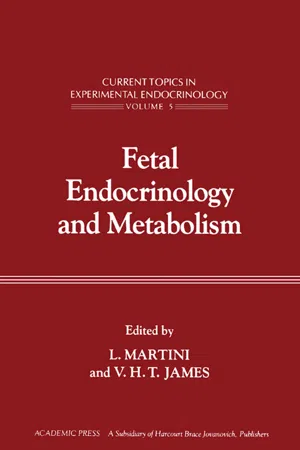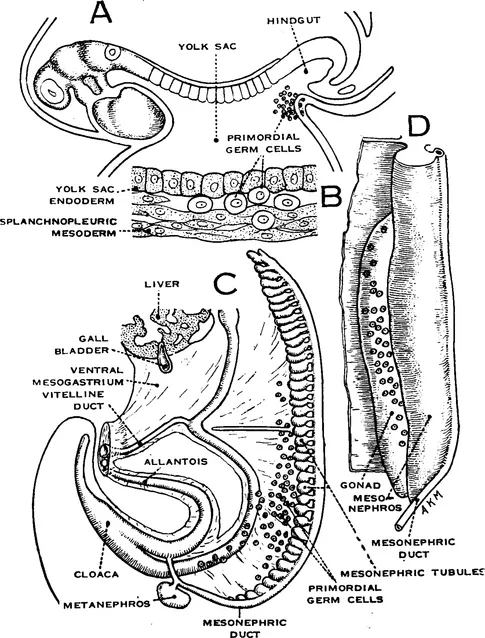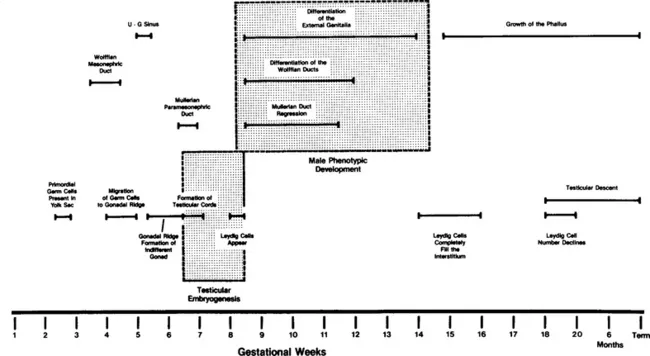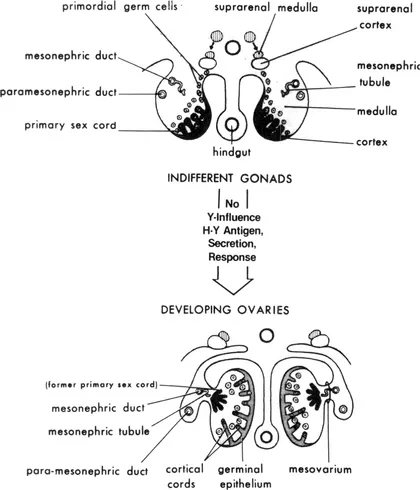
Fetal Endocrinology and Metabolism
Current Topics in Experimental Endocrinology, Vol. 5
- 378 pages
- English
- ePUB (mobile friendly)
- Available on iOS & Android
Fetal Endocrinology and Metabolism
Current Topics in Experimental Endocrinology, Vol. 5
About This Book
Current Topics in Experimental Endocrinology, Volume 5: Fetal Endocrinology and Metabolism covers various aspects of fetal endocrinology. The book discusses studies of the hypothalamic-pituitary unit which emphasize the unique aspects of the fetal endocrine system; in vitro fertilization; and factors controlling placental endocrine function in domestic animals. The text also describes the role and kinetics of thyroid in fetal development; the placental transfer of carbohydrates; and fetal hormones and carbohydrate utilization. The regulation of partition of protein during pregnancy; the mineral needs of the fetus; and the fetal metabolism of cortisol are also considered. The book further tackles normal and abnormal sexual differentiation and the metabolic errors of adrenal steroidogenesis. Physiologists, endocrinologists, obstetricians, gynecologists, and students taking related courses will find the book invaluable.
Frequently asked questions
Information
Sexual Differentiation: Normal and Abnormal
Publisher Summary
I Embryology of Sexual Differentiation
A The Development of the Bipotential Gonad




B Gonadal Differentiation
1 Testicular Differentiation
Table of contents
- Cover image
- Title page
- Table of Contents
- Contributors
- Editorial Board
- Copyright page
- Contributors
- Preface
- The Fetal Neuroendocrine Axis
- In Vitro Fertilization
- Factors Controlling Placental Endocrine Function in Domestic Animals
- The Fetal Thyroid
- Carbohydrate Metabolism
- Regulation of Partition of Protein During Pregnancy
- Mineral Needs of the Fetus
- Fetal Metabolism of Cortisol
- Sexual Differentiation: Normal and Abnormal
- Metabolic Errors of Adrenal Steroidogenesis
- Index